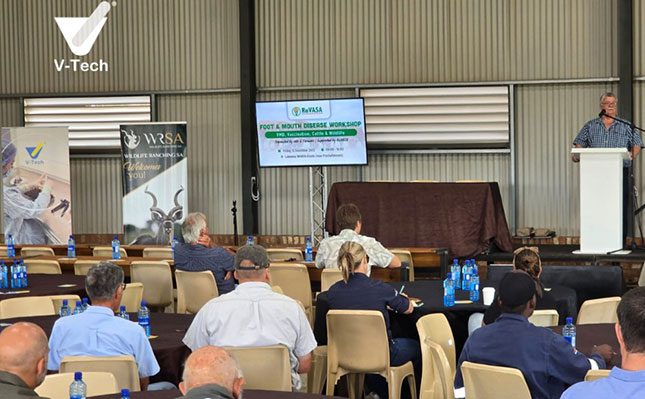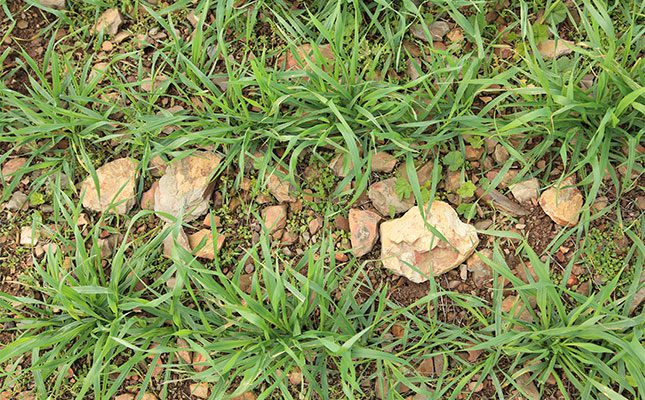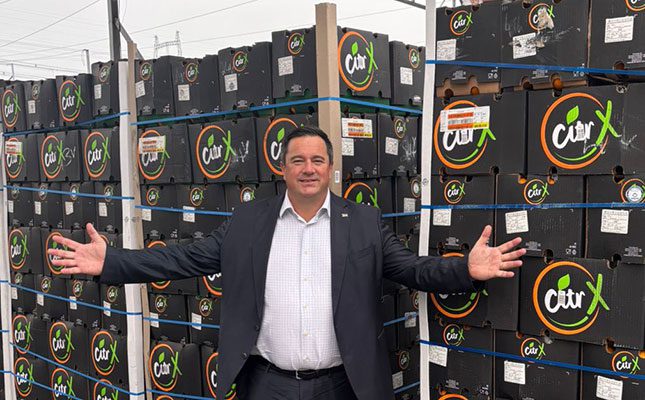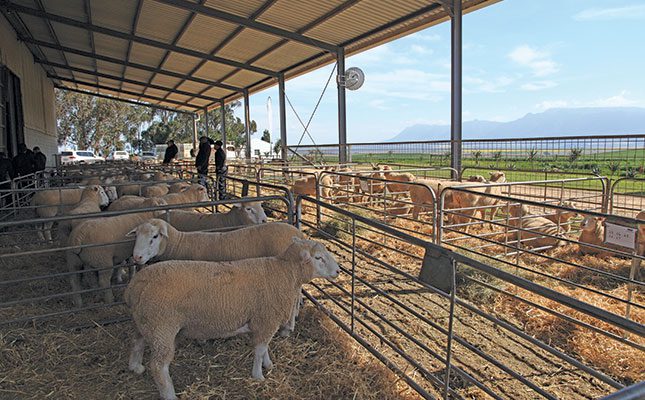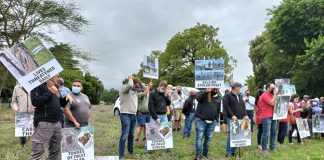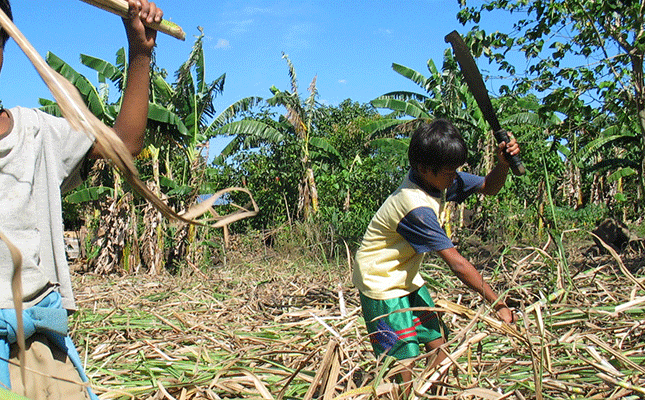
Child labour has been declining in South Africa as a result of strict monitoring of labour practices and consistent impartial audits.
A 2025 study conducted by the Child and Youth Care Forum (CYCF) titled Examining child labour activities in South Africa, concludes that child labour in the agriculture sector for children under the age of 15 has decreased to less than 1%.
South African law outlines that any labour, regardless of whether it is paid or unpaid, by children under the age of 15 is considered child labour.
Wine and fruit lead the way
Despite the ever-climbing unemployment rate being a contributing cause of child labour, the number of child labour findings in the agriculture sector has decreased significantly. Retha Louw, CEO of the Sustainability Initiative of South Africa (SIZA), says: “Over the last four years, third-party audit findings related to child labour have steadily declined.”
Through SIZA’s extensive data collection and monitoring of cases of child labour in the agriculture sector, cases of severe non-compliance amounted to 0,7% in the last decade.
The Wine and Agricultural Ethical Trade Association’s (WIETA) data similarly shows a 0,49% findings rate over the last five years. WIETA’s CEO, Linda Lipparoni, explains that the majority of their cases involving the employment of minors deal with regulating young workers (from 16 to under 18 years old) pertaining to the restricted hours of work, identity verification and health and safety risk assessments and oversights.
Stringent oversight
Independent third-party audits are conducted by both SIZA and WIETA. An example of the intricate policy structures producers need to meet is the SIZA Social Standard, which is conducted and enforced in collaboration with recognised third-party audit firms.
The Standard is used alongside South African legislation and global market requirements to most effectively set all the necessary requirements that producers need to meet.
The three most common Social Standard flags that SIZA members do not meet according to audit findings include inadequate recruitment procedures, which relate to an inability to determine age; inadequate training of all workers, where management did not ensure that all in the business understand the prohibitions related to child labour; and inadequate policies in place, which means the business does not have an effective policy on protecting children’s rights and preventing child labour.
Farmers have little chance of passing an audit if any findings, like child labour, are made against them. Louw says: “The lower frequency of practices related to child labour can be partly attributed to the drive towards improvement of the SIZA audit process. SIZA only allows a producer to receive an audit completion letter (certificate) if the findings have been resolved in full, with adequate corrective action signed off by the independent third-party auditor.
“In this way, businesses must address the root cause of any problem before they can supply to buying markets, eliminating the possibility of re-occurrence of non-compliance.”
WIETA follows a similar approach, with supply chains also being closely monitored.
Lipparoni explains that supply chains are subject to traceability checks and have to register on various supply chain mapping platforms, which makes high risk suppliers less likely to slip through the supply chain monitoring systems.
WIETA also ensures that their member organisations and their workers receive adequate training to better understand the WIETA compliance requirements so that effective action can be taken by any individual when there are instances of the violation of ethical trade and labour practices.
Additionally, the export sector, specifically wine, fruit and nuts, has significantly more oversight than other sectors, mainly due to its high influx of seasonal workers and increased probability of the use of cheap child labour.
“The export fruit and wine sectors are highly regulated through social audits and the Department of Employment and Labour (DEL) inspections. There are severe penalties for the prevalence of child labour incidences. Therefore, the risk for the producer of getting a critical or major finding on a report is far too high where children are found to be working,” Lipparoni says.
“This would account for the current low prevalence in the fruit and wine sector and perhaps higher prevalence in other sectors. The challenge is that little is known about the prevailing statistics in commodities that are not subjected to rigorous audit monitoring.”
Statistics
Accurate child labour statistics in South Africa, especially in the agriculture sector, are challenging to both source and measure. The last Survey of Activities of Young People (SAYP) was done in 2019, and no substantial publications relating to child labour in South Africa have been made since.
Statistics around child labour in the agriculture sector for South Africa are far different from the rest of the sub-Saharan nations. The International Labour Organisation and the Food and Agriculture Organization of the United Nations’ data show that, as of 2020, over 90 million African children were involved in child labour, with nearly 82% being in agriculture.
Findings showcase that overall management practices in South Africa are evaluated effectively and that cases of actual child labour are rare. The South African agriculture sector is well regulated in the most crucial areas, which allows farmers and consumers to have a sense of security and assurance.
Best practice within the agriculture sector is clearly shifting towards a zero-tolerance approach. Louw says that auditors are more and better trained to evaluate practices, and audit oversight principles have become much stricter over the past 10 years.

